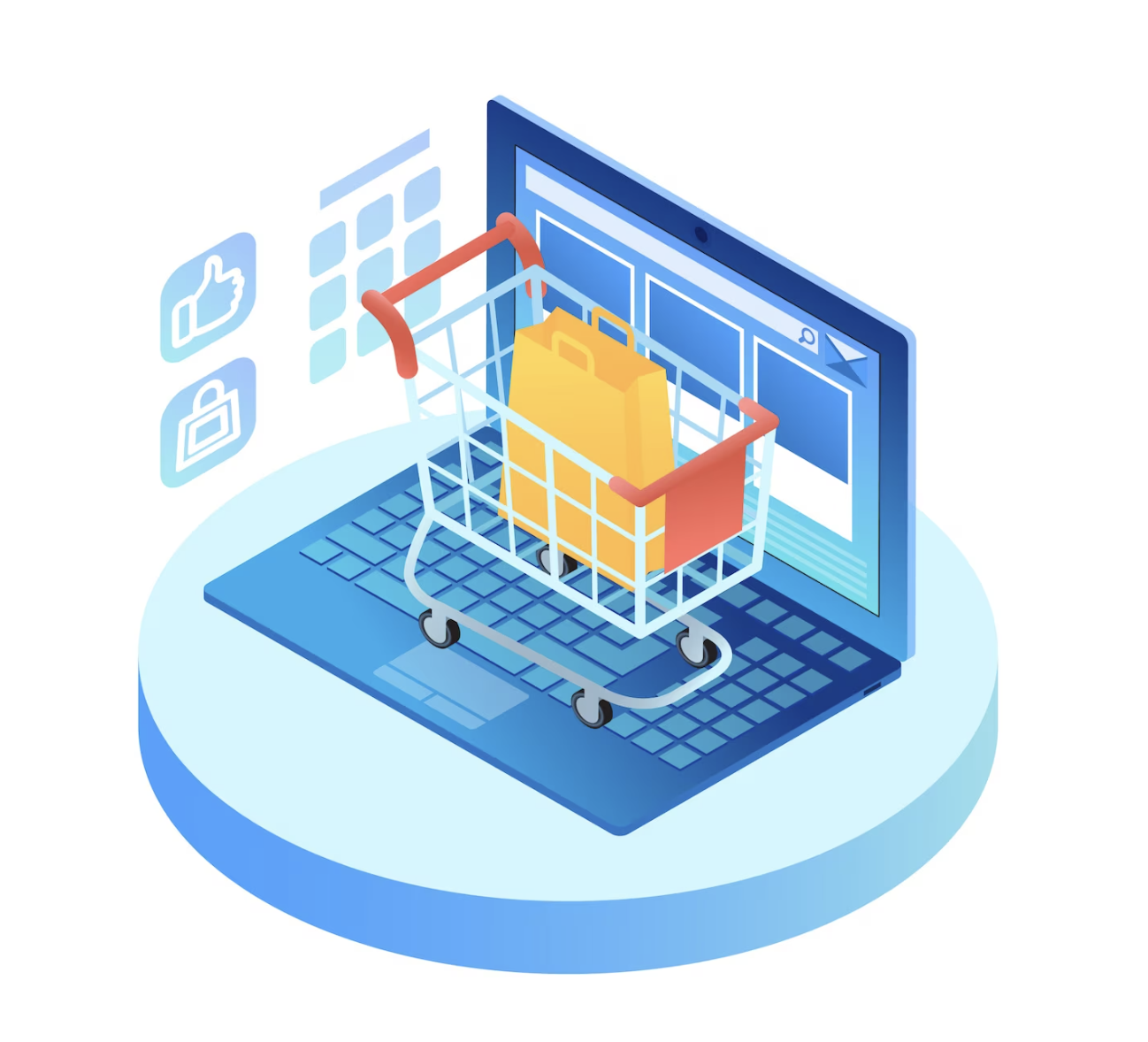
Ecommerce Integration using IPAAS tools
Ecommerce integration using iPaaS tools can help connect your ecommerce platform with other systems, such as ERP, CRM, payment gateways, shipping providers, and more. This integration enables the seamless flow of data and automates various processes, improving efficiency and reducing manual work. Here’s a general overview of how to approach ecommerce integration using iPaaS tools:
1. Assess your integration needs:
Identify the specific systems and processes you want to integrate with your ecommerce platform. This could include inventory management, order fulfillment, customer data synchronization, and more.
2. Choose an iPaaS tool:
Evaluate different iPaaS tools available in the market, considering factors like ease of use, scalability, pre-built connectors for your ecommerce platform and other systems, support for your required integration patterns (e.g., real-time data sync, batch processing), and pricing.
3. Connect your ecommerce platform:
Configure the connection between your ecommerce platform and the iPaaS tool. Most iPaaS platforms provide connectors or adapters for popular ecommerce platforms, such as Shopify, Magento, WooCommerce, or BigCommerce. Authenticate your ecommerce platform and establish a connection to retrieve data and trigger events.
4. Connect other systems:
Set up connections to the systems you want to integrate with, such as your ERP, CRM, payment gateways, or shipping providers. This involves providing the necessary credentials and authentication details to establish secure connections.
5. Define integration workflows:
Using the visual interface provided by the iPaaS tool, design the integration workflows that determine how data flows between your ecommerce platform and other systems. This includes mapping data fields, applying transformations, defining triggers and actions, and configuring error handling and data validation.
6. Implement data synchronization:
Configure real-time or batch data synchronization between your ecommerce platform and other systems. For example, when a new order is placed on your ecommerce platform, the iPaaS tool can trigger the creation of a corresponding order in your ERP system and update inventory levels accordingly.
7. Enable event-driven integrations:
Leverage event-driven integration capabilities to automate processes based on specific events or triggers. For instance, you can set up workflows to send automated emails when an order is shipped, update customer records when a payment is received, or notify inventory managers when stock levels fall below a certain threshold.
8. Test and monitor:
Thoroughly test the integration workflows to ensure data accuracy and reliability. Monitor the integrations regularly, review logs and error reports, and address any issues promptly. iPaaS tools often provide monitoring dashboards and alerts to track the performance and health of your integrations.
9. Adapt and optimize:
As your business needs evolve, revisit your integration workflows and make adjustments as required. Update mappings, add new integration points, or introduce additional systems into the integration architecture.









